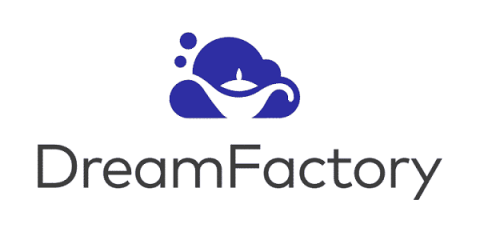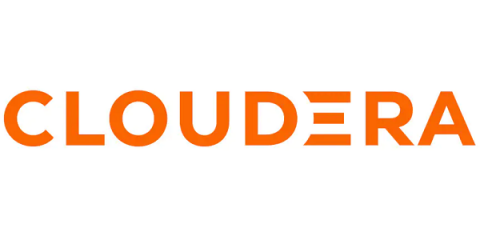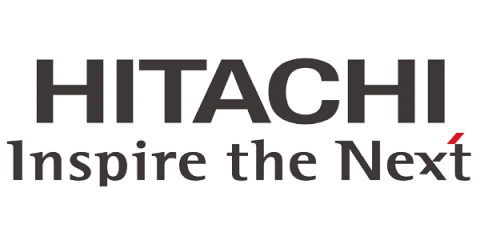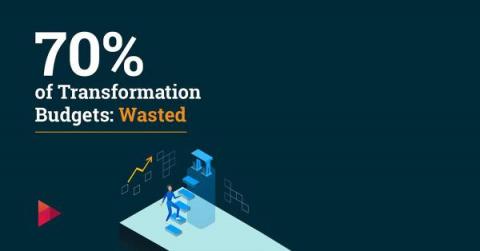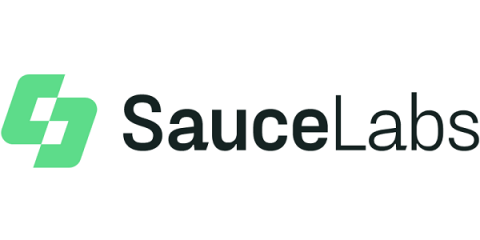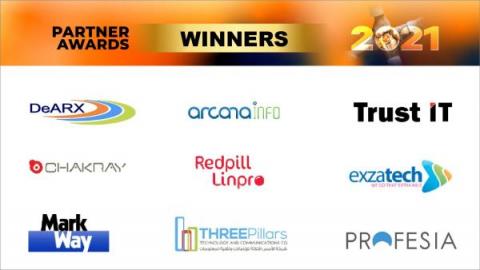Systems | Development | Analytics | API | Testing
Latest Posts
The Most Unique Snowflake
Okay, I admit, the title is a little click-batey, but it does hold some truth! I spent the holidays up in the mountains, and if you live in the northern hemisphere like me, you know that means that I spent the holidays either celebrating or cursing the snow. When I was a kid, during this time of year we would always do an art project making snowflakes. We would bust out the scissors, glue, paper, string, and glitter, and go to work.
Hitachi Receives Double Recognition for IoT Leadership
More than a decade into the Internet of Things (IoT) era, the immense potential of IoT is becoming real. We’re moving from proof of concepts and pilots to projects at scale. What’s become increasingly clear is the vast complexity of deploying IoT solutions at scale and the necessity to do so to become a data-driven business.
Your Digital Transformation Program is Wasting Your Money
Five Things Testers Wish Every CIO and CTO Understood About Testing
In a perfect world CIOs, CTOs, devs and QA teams would be perfectly aligned. Software would always function the way it was intended, security breaches would be a thing of the past and the movie Top Gun 2 would stop being delayed. Unfortunately, the world is imperfect, but there is a silver lining. Today’s CIOs understand the importance of quality, speed and the value of software testing.
How to use descriptive analytics to drive company growth?
Top 5 Efficient WordPress Page Builder Plugins
As you probably know, WordPress is the most popular and highly efficient content management system that is used to build and host websites all over the world. Its efficiency is precisely what made it so widely recognized among the tech world, and it seems like it will become even more desired in years to come.
WSO2 Partner Awards: Rewarding Top Performers and Emerging Partners of 2021
2021 was another great year for WSO2. Although it was business as usual in the new norm, the results were exceptional. The company acquired 145 new customers and achieved revenue growth of 31% YoY. We started our journey towards radically simplifying the creation of digital experiences for our customers by introducing new cloud platforms.
O'Reilly Report | What is Data Observability?
Disclaimer: This post is a preview of the O'Reilly Report. If you wish to directly download it, click here -
The top 5 software testing trends of 2022
2021 was a revolutionary year and the global workforce continued working in a hybrid fashion. For the QA industry, concepts like Robotic Process Automation and AI/ML became more and more advanced. New versions of both Open-Source and Commercial tools continued to flourish, which made DevOps more accessible and test automation more user-friendly. In addition, testers across the globe actively participated in many online events and conferences in order to improve their knowledge.


